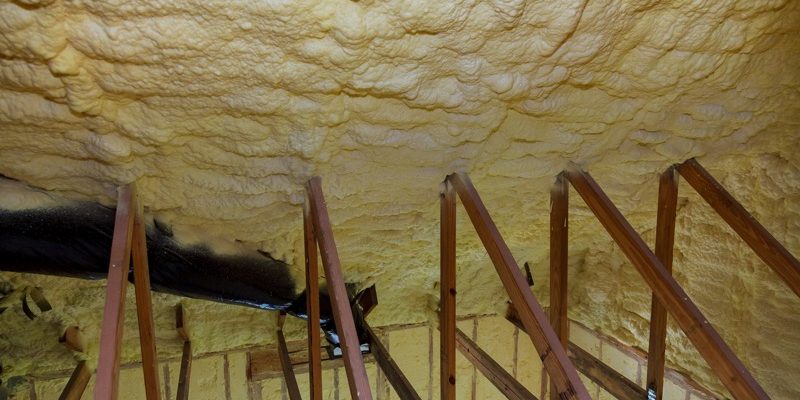
In the realm of insulation materials, fire foam insulation stands out as a revolutionary solution that combines exceptional thermal performance with fire resistance. This article aims to delve into the depths of fire foam insulation, exploring its composition, installation process, benefits, and applications. Whether you’re a homeowner, architect, or contractor, understanding the intricacies of fire foam insulation will empower you to make informed decisions and optimize energy efficiency in your projects.
- The Science Behind Fire Foam Insulation:
Fire foam insulation, also known as spray polyurethane foam (SPF) insulation, is a two-component system that consists of an isocyanate and a polyol resin. When these components are mixed, a chemical reaction occurs, resulting in the expansion of the foam. This expansion allows the foam to fill gaps, cracks, and voids, creating a seamless and airtight barrier. - Unparalleled Thermal Performance:
One of the key advantages of fire foam insulation is its exceptional thermal performance. The foam’s closed-cell structure provides a high R-value, which measures the material’s resistance to heat transfer. This translates into reduced energy consumption, lower utility bills, and enhanced comfort in both residential and commercial buildings. - Fire Resistance: Protecting Lives and Property:
Fire foam insulation is renowned for its remarkable fire resistance properties. The foam contains fire-retardant additives that enable it to slow down the spread of flames and reduce the release of toxic gases. This crucial feature enhances the safety of occupants and helps prevent the rapid spread of fires, providing valuable time for evacuation and minimizing property damage. - Air Sealing and Moisture Control:
In addition to its thermal and fire-resistant properties, fire foam insulation excels in air sealing and moisture control. The foam’s expansive nature allows it to conform to irregular surfaces, sealing off any gaps or cracks that may serve as pathways for air infiltration. By preventing the entry of outside air, fire foam insulation enhances indoor air quality and reduces the workload on HVAC systems. Moreover, the foam’s impermeability to moisture helps prevent mold growth and moisture-related issues, ensuring a healthier and more durable building envelope. - Versatile Applications:
Fire foam insulation finds applications in various sectors, including residential, commercial, and industrial settings. It can be used in new construction projects, retrofitting existing structures, insulating attics, walls, basements, and crawl spaces. Additionally, fire foam insulation is commonly employed in specialized environments such as cold storage facilities, hospitals, and data centers, where temperature control and fire safety are paramount.
Conclusion:
Fire foam insulation represents a game-changing solution in the field of insulation materials. Its unique combination of thermal performance, fire resistance, air sealing, and moisture control capabilities make it a top choice for architects, contractors, and homeowners alike. By harnessing the power of fire foam insulation, we can create energy-efficient, safe, and comfortable spaces that stand the test of time.

